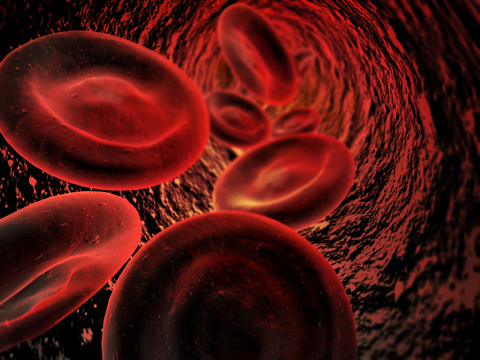| INTRODUCTION Key Points:
-
Venous thromboembolism (VTE) is more common in Caucasian patients and those over the age of 70 years
-
30-day mortality rate of DVT or PE is 6% and 12% respectively
-
1 to 5% of patients will experience a recurrence of VTE
-
The cost of a complete panel for thrombophilia testing is approximately $700
-
Family physicians order about 50% of all tests in the Calgary area
-
At present thrombophilia screening in asymptomatic populations is not recommended
Venous thromboembolism (VTE), primarily presenting as a pulmonary embolism (PE) or deep venous thrombosis (DVT), is an incredibly common complication of hospital admission. The incidence of VTE in the United States is estimated to be between 70 to 113 cases / 100,000 patients per year. Epidemiology has been best studied among largely Caucasian populations, but there is also evidence of high rates among ethnic groups such as Hispanics and Asian-Pacific islanders, or individuals over the age of 70 years.1
VTE causes significant morbidity and mortality. The 30-day mortality rate, based on retrospective autopsy studies, after treated DVT and PE is estimated to be 6% and 12% respectively. Morbidity is also significant. Approximately 25% of DVT patients will develop post-thrombotic syndrome.2 Pulmonary hypertension related to chronic thromboembolic disease is also well described. Recurrence rates are high despite completion of standard anticoagulation. A 2007 prospective study found at least one recurrence in 40% of patients with symptomatic proximal DVT and/or PE at 10 years follow-up.3
Given the serious sequelae associated with VTE, which is further complicated by an often difficult diagnosis, it is no wonder patients and physicians are keen to understand the pathophysiology of VTE and reduce the risk of recurrence.
The first description of Virchow’s triad was made in 1856, and it remains fundamental in understanding the pathophysiology of VTE. Since then, significant advances have been made in the comprehension of hypercoagulable states. These encompass inherited and acquired thrombophilias of which there are approximately 15 different tests described. Each test has unique clinical and technical considerations. Many of these tests are easily accessible Alberta, and are widely ordered with a cost of over $700 per complete panel. Presently, family physicians order approximately 50% of these tests.
Unfortunately, the clinical implications of thrombophilias are incredibly complex. The detection of a thrombophilic state may change clinical management and prognosis, or it may be entirely academic with no impact on the patient. It is estimated that one or more thrombophilic states are present in 24 to 37% of patients with DVT as compared to 10% in controls.4 However, the exact role played by each thrombophilia is unknown.
At present, screening of asymptomatic low risk populations is not recommended due to issues of variable penetrance, low prevalence and lack of evidence that the identification of these states can be effectively prophylaxed. The purpose of this survey is therefore to present some hypothetical cases in which thrombophilia screening would or would not be supported by current evidence. This provides us with a method for assessing the motivations and rationale of general practitioners for ordering these tests.
1. White RH. The epidemiology of venous thromboembolism. Circ. 2003:107:I4-I8.
2.Prandoni P et al. The long-term clinical course of acute deep venous thrombosis. Ann Intern Med. 1996. 125(1):1-7.
3. Prandoni P et al. The risk of recurrent venous thromboembolism after discontinuing anticoagulation in patients with acute proximal deep vein thrombosis or pulmonary embolism. Haematologica. 2007. 92:199-205.
4. Bauer KA and GYH Lip. Overview of the causes of venous thrombosis. UpToDate Online. Version 16.3. Last viewed March 8, 2009.
|



